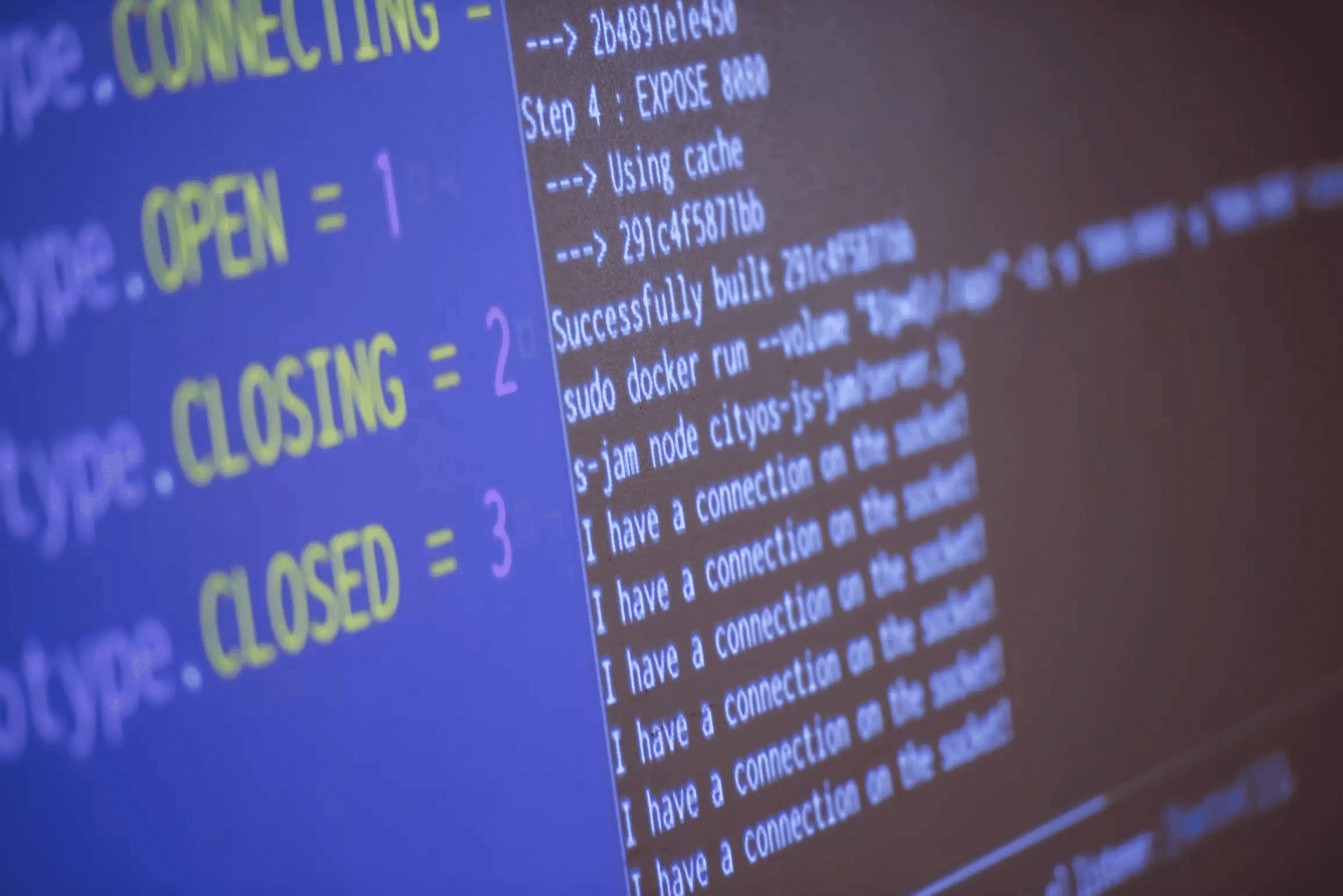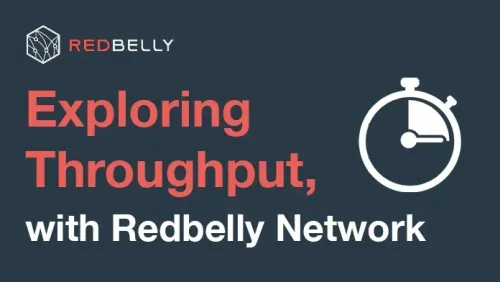Our financial system is too opaque, inefficient, and inaccessible and does not do enough to prioritise people. As we’ve discussed in previous articles, DLT can help solve our current financial system's opaqueness, inefficiency and inaccessibility.
This is done by breaking down silos; the automation and disintermediation of manual, inefficient and thus expensive processes; and by providing access to certain kinds of financial products and services previously reserved for a select few.
Blockchain technology, particularly its application to decentralised finance (DeFi), has demonstrated a degree of innovation we rarely see in finance. From decentralised exchanges that provide a non-custodial, 24/7 availability, cheap source of liquidity, to peer-to-peer borrowing and lending protocols, DeFi has shown us a glimpse of the potential of implementing finance as code.

“Code as law” is flawed thinking; it lacks accountability.
Yet, in spite of this demonstrated potential, there are limits to how far we can (or should) push this principle. We should not look, for example, to replace entire legal contracts with smart contract code - code should never replace the law. Code would be a blunt instrument to implement the essential subjective and non-precise notions core to ensure accountability in our legal and regulatory systems. Examples include intentionality, accidental action, or accounting for unexpected events.
Absolute outcomes work well for certain applications and business logic, and code certainly has a lot of value in improving the efficiency of existing processes. Still, fundamentally humans are not machines, and when legal agreements involve human beings, there will be a need to account for non-precise concepts, actions, intentions and circumstances.
Current blockchain technologies have no native accountability. Despite the transparency that the technology affords, the pseudonymity of network participants and the focus on applications that maximise censorship resistance make most blockchain technologies incompatible with the accountability required to facilitate real-world financial products and services. Whilst censorship-resistant technologies certainly have their place, the recent OFAC sanctions of Tornado Cash-linked addresses on Ethereum may have demonstrated the ineffectiveness of this pursuit at all costs.
The ability to hold people accountable for their actions, whilst certainly imperfect, is a core strength of the legal and regulatory systems which underpin confidence in regulated markets. We should therefore be looking to preserve and enhance these strengths. By marrying them with the strengths of blockchain and DeFi we can drive value creation in the existing financial system. Essentially, having the backstop of the rule of law should be seen as the desired strength, not something to be worked around or avoided.
Untapped Value
Furthermore, the vast majority of value exists in the regulated “real world”. Global stock and bond markets have a market capitalisation well in excess of USD$100 trillion, whereas the cryptocurrency market currently has a market capitalisation of just under USD$1 trillion. Financial products and services are regulated precisely because they have significant value. They pose both systemic risk to economies and personal risk to participants in those markets and, ultimately, all of us.
Given this, there is a vast amount of untapped value to be unlocked using blockchain and distributed ledger technology to improve the transparency, efficiency, and accessibility of regulated financial products and services. We’ve demonstrated the potential of the technology; now, we must look to apply this potential to the places where the value sits to solve the real problems that exist there. This is the next frontier for the blockchain sector.

Bridging the Gap
The question, then, is how might we bridge the gap between what public blockchains and DeFi can do and what assets in regulated markets need?
Most financial products or services require some combination of the following processes to be performed to facilitate their value proposition, ensure compliance, and mitigate risk:
Identification: ensuring that counterparties are known to one another, and each meets their respective eligibility and offering requirements.
Performance: how the rights and obligations of each counterparty, which are defined in a contract, are met.
Pooling & Issuance: how groups of assets are pooled together into different tranches of risk and subsequently issued as securities to investors that give them the right to future cash flow of the underlying pool of assets defined by the terms of the security.
Trading: how holders of securities can access liquidity for optionality over their position.
At Redbelly, we aim to leverage our innovative technology to build products and tools that increase transparency, efficiency, and accessibility. We aim to commoditise and open-source them and then incentivise their adoption. This will form, we believe, the foundations of the bridge.
Conclusion
There remain many challenges to overcome, including but not limited to: user experience challenges for both individuals and enterprises; appropriately balancing transparency with privacy; different degrees of standardisation across various financial products and services; compliance with regulations not designed with future technological compatibility in mind; and many more.
But by starting from a basis of accountability, a fundamental belief that actors should be able to be held accountable for their actions in any well-functioning financial system, The Redbelly Network is well placed to become the accountable blockchain for the “real world”. From this basis of accountability, we can hope to improve the transparency, efficiency, and accessibility of regulated financial products and services.
In future articles, we’ll explore the identification, performance, pooling & issuance, and trading processes work and how The Redbelly Network plans to implement products and tools to help solve real-world problems.

